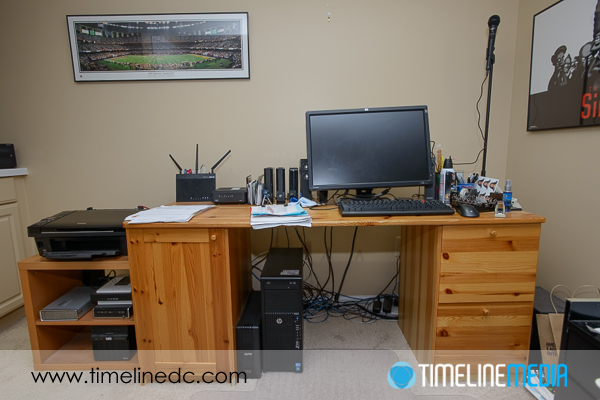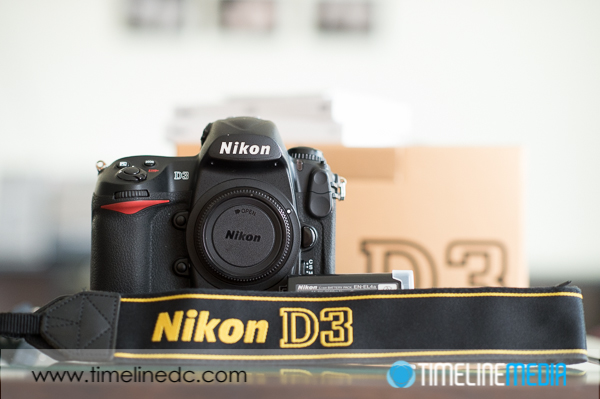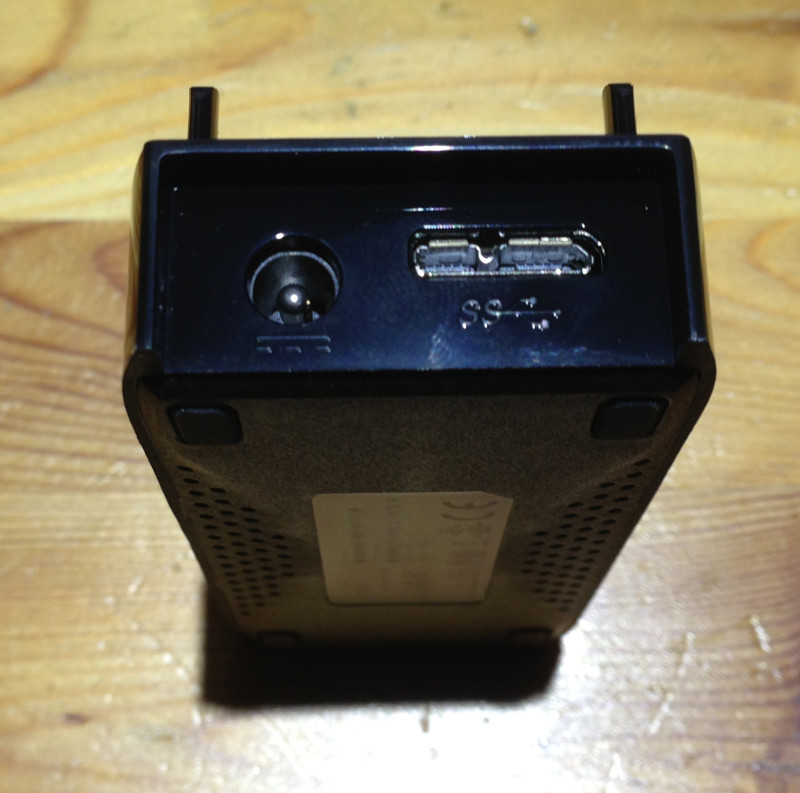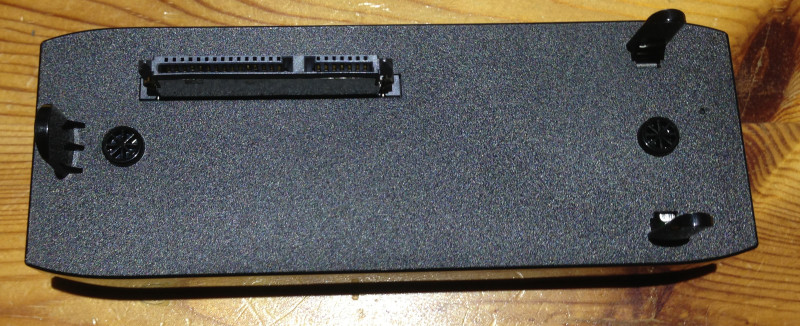
Workstation Change
This is a strangely personal post today. For the first time in 18 years, I have a new desk! In taking apart the former desk pictured above, and trying to put the new one together, so many things came to mind fumbling, and working with the IKEA directions and tools. This was similar to when I first put the desk together at my apartment in college. I was only halfway done with my undergraduate degree, and I was moving into my first place. My parents, and my girlfriend spent two days putting all the assembly-needed furniture in the apartment. Our thumbs, backs, and arms were so sore getting everything together!
The desk in its first configuration had a small shelf mounted to one side, and I filled it with Biology, Chemistry, and other textbooks. It was a writing desk, so it the only thing that was plugged in on its top was a small desk lamp. It helped me to successfully get that degree, then it travelled back to my parent’s house to become a computer desk – it held two of the old CRT monitors on it’s top with almost no room for writing, and no room for the shelf which was discarded somewhere along the way.
Moving Workspaces
When it was time to move out own my own, the desk came with me. However it only needed to hold one of monitors – I needed more room to write and stack things! This was in the first home that I have ever owned. From the desk, I continued to do lots of homework for a master’s degree, and work that I brought home from my first real-world job. It was here that I also worked on a certificate for photography, and started TimeLine Media.
The photo above was taken just before I took it apart for the last time. It has served me so well, and hope the new desk will do the same. I wonder what the new setup will help me do?
TimeLine Media – www.timelinedc.com
703-864-8208




